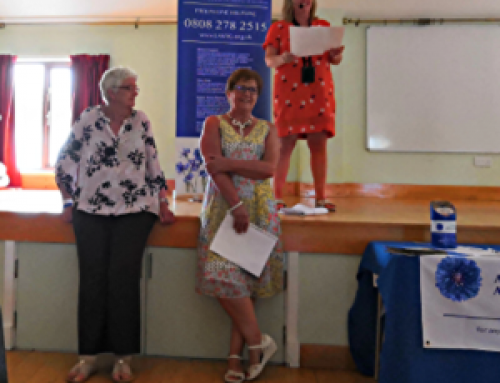
Broadcasting House building in London W1.
It is the first ever purpose-built broadcast centre in the UK. It was built-in 1932 for the BBC, eight years after the corporation first came into existence.
The redevelopment of Broadcasting House was completed in 2013. For the first time all the BBC’s national and international radio, television and online journalism, including those of the World Service, are housed under one roof.
The new Broadcasting House is also the headquarters of BBC Radio and Music.
Description of BBC Broadcasting House
Broadcasting House building in London W1.
It is the first ever purpose-built broadcast centre in the UK. It was built-in 1932 for the BBC, eight years after the corporation first came into existence.
The redevelopment of Broadcasting House was completed in 2013. For the first time all the BBC’s national and international radio, television and online journalism, including those of the World Service, are housed under one roof.
The new Broadcasting House is also the headquarters of BBC Radio and Music.
The redevelopment was carried out in two phases. Phase one comprised the refurbishment of the original 1932 Grade II* listed Broadcasting House, which continues to be the home of national radio; and the construction of the new East Wing, now home to the BBC’s Arabic and Persian television services and BBC London. It was completed in 2005 and officially opened by The Queen in April 2006.
Phase two is the addition of a brand new extension to provide a spacious and modern broadcast centre with state-of-the-art technology for all BBC journalism.
New Public Spaces
A range of new public spaces were created at the heart of the new complex, opening up the building and creating dialogue between audiences/visitors and BBC staff.
In the central space between Broadcasting House and the new East wing is a wide open piazza large enough to be used as an open-air theatre, where, for instance, events could be staged under the BBC Introducing banner. Or else it could be simply a place to linger and relax in – away from the bustle of nearby Oxford Street. It complements the formal performance space of the Radio Theatre within Broadcasting House itself.
In addition, there is a new public walkway running through the centre of the site, which provides a foyer for the Radio Theatre, and which opens onto a café/bar where the public and BBC staff can mix. Along the length of the walkway and bar is a glass-fronted window which provides a unique view into the BBC Newsroom.
The News Hub
At the heart of the building is the newsroom, a column-free space, surrounded by technical areas and day-lit by the eight-storey high atria above. About twice the size of the largest floor available in Television Centre, this is one of the largest live newsrooms in the world.
At any one time, over ten million people across the UK are watching or listening to output from the new Broadcasting House, and every week at least 150 million people worldwide will tune into the BBC World Service networks.
The new development was financed by a public-private partnership involving a special bond – so no licence fee monies were used for the construction.

At the heart of the building is the newsroom, a column-free space, surrounded by technical areas and day-lit by the eight-storey high atria above. About twice the size of the largest floor available in Television Centre, this is one of the largest live newsrooms in the world.
At any one time, over ten million people across the UK are watching or listening to output from the new Broadcasting House, and every week at least 150 million people worldwide will tune into the BBC World Service networks.
Top architects, designers and artists were involved in shaping the new Broadcasting House, in order to create a truly inspirational workplace for the organisation that aims to be the most creative in the world. Throughout 2011, the BBC’s technology team was installing and testing the digital technology needed to produce the TV, radio and online output from the new building.
The new development was financed by a public-private partnership involving a special bond – so no licence fee monies were used for the construction.
So this is where we travelled today at 4.30.They sent a car and the driver phoned to say he was here. We grabbed our coats and went outside and yes sure enough he was right outside.
We sailed through empty roads and even empty London it was amazing so we needn’t have worried about being late in fact we were 2 hour’s early. This had meant we had a great view all to ourselves up Reagent street and saw the Christmas Lights. I was disappointed that the tree wasn’t up in Trafalgar Square.

Regent street

Bond Street

Covent Garden

This little man was sitting there

So, Peter Szlosarek arrived but he had missed the slot so we had to wait until 9 when the show finished and we went to another studio to record for Thursday.
We giggled all the through but it was a good take and everyone is pleased with it.
We said our goodbyes and came home in a car again. The driver knew nothing about DIY or Asbestos in Schools, the poor fellow did by the time I got out of the car he! he!!
It was a more hectic journey as the streets were very full.
On the way home BBC South East rang to ask if they could interview me so I said when we arrive home
So we have carried out another interview with a lovely man who filmed me and also filmed my Foundation web site. This goes out tonight at 6.30 and later tonight after the 10pm news.

Peter has emailed that he did the Tunbridge wells BBC interview- Team Work !!
End of an exciting day.







Leave A Comment